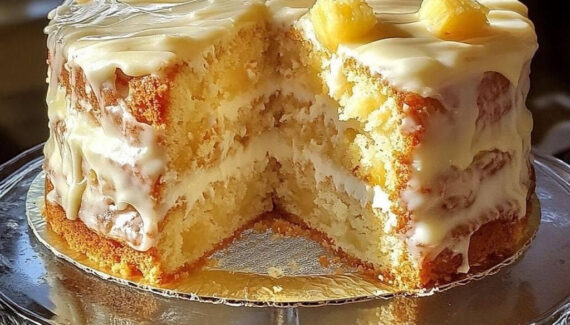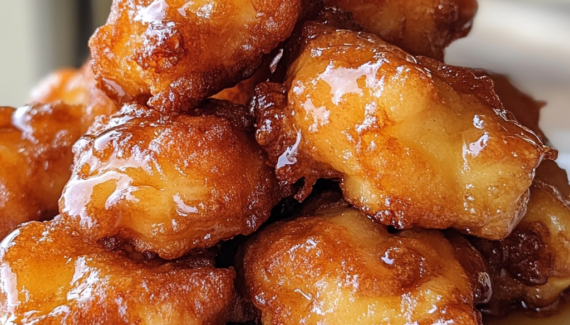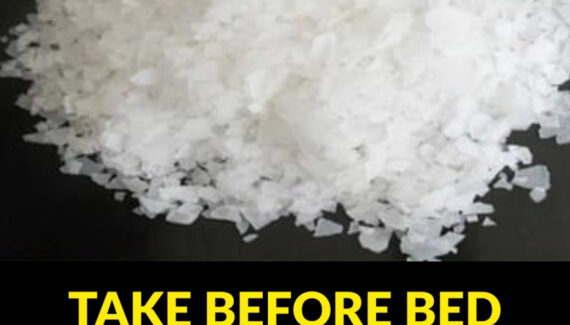
Step 4: Boil Correctly
- Once the water reaches a rolling boil, cover the pot with a lid.
- Turn off the heat and let the eggs sit:
- Soft-boiled: 4–6 minutes
- Medium-boiled: 7–9 minutes
- Hard-boiled: 10–12 minutes
This method is called residual heat cooking, which ensures the eggs cook evenly and prevents overcooking.
Step 5: Ice Bath
- Immediately transfer the eggs to a bowl of ice water.
- Let them sit for at least 5–10 minutes.
- Reason: Rapid cooling stops the cooking process and makes peeling easier.
Step 6: Peel with Care
- Tap each egg gently on a hard surface.
- Roll it lightly to crack the shell all over.
- Start peeling from the wider end, which usually has an air pocket, making it easier to remove the shell without damaging the egg.
Step 7: Season After Boiling
- Once peeled, you can sprinkle salt or other seasonings on your eggs.
- This prevents the disastrous rubbery texture caused by boiling with salt.
Tips for Perfect Deviled Eggs
- Cut neatly: Slice eggs lengthwise for even halves.
- Yolk consistency: Mash yolks finely for smooth, creamy filling.
- Mix flavors: Mayonnaise, mustard, vinegar, and spices blend best with well-cooked yolks.
- Chill before serving: Keeps the deviled eggs firm and flavorful.
Conclusion
Boiling eggs may seem simple, but small mistakes—like adding salt to the water—can ruin an entire batch, making them unusable for deviled eggs. By following these step-by-step instructions, you can achieve perfectly boiled eggs every time. Not only will your deviled eggs look beautiful, but they’ll also taste amazing without the dreaded rubbery texture or chalky yolks.
Next time you’re preparing deviled eggs, remember: patience, correct technique, and post-boil seasoning are the keys to success.
If you want, I can also create a visual step-by-step guide with illustrations showing exactly where things go wrong and how to fix them, which makes it easier to follow for anyone attempting deviled eggs.
Do you want me to make that?








No Responses Yet